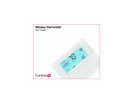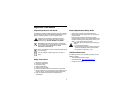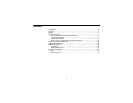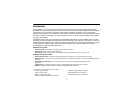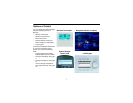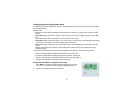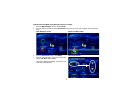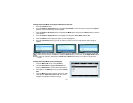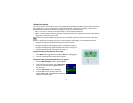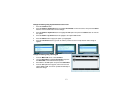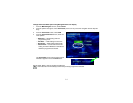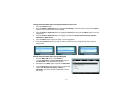
5
Introduction
Congratulations on your purchase of the Wireless Thermostat from Control4. This intelligent programmable
thermostat works as an integral part of the Control4 system. Having the thermostat integrated with the Control4
system allows you to control the temperature either using the Wireless Thermostat or any of the Control4
navigation control options: the 10.5” Wireless Touch Screen, the Mini Touch Screen, the System Remote Control
(On-Screen display or LCD display), or the LCD Keypad. You can use some of these navigation control options
to program the schedule.
This Wireless Thermostat goes beyond typical programmable thermostats. It features ZigBee (802.15.4) mesh
networking for two-way wireless communication. In mesh networking, each node acts as a repeater so there are
multiple paths that a signal can take. If there is trouble communicating on one path due to interference, the signal
automatically takes a different path, making this network topology very robust and reliable. The Wireless
Thermostat also includes the following features:
Beautiful On Any Wall
• Compact design – Sophisticated, sleek profile fits beautifully in any home.
• Backlit LCD
– Easy to read and make adjustments.
• User-friendly icons – Intuitive icons for common features make the thermostat easy for everyone to use.
Intelligent From Front to Back
• Ultimate climate control – Program the thermostat to follow a schedule of up to six Program Events per day.
• Manual override – Three levels of manual hold settings using the Wireless Thermostat or remote control navigation devices
or displays.
• Bi-directional communication – Home automation system can perform automated functions based on the
temperature.
• Flexible control
– Automatic changeover between heating/cooling and manual temperature override.
• Wireless – Intelligent, reliable, wireless connectivity using ZigBee mesh networking.
This document covers the following main sections:
• Features. See next page.
• Display. See next page.
• Options of Control. See page 7.
• Options for Program Scheduling. See page 19.
• Additional Programming. See page 22.
• Battery Maintenance. See page 22.
• Regulatory Compliance. See page 24.



